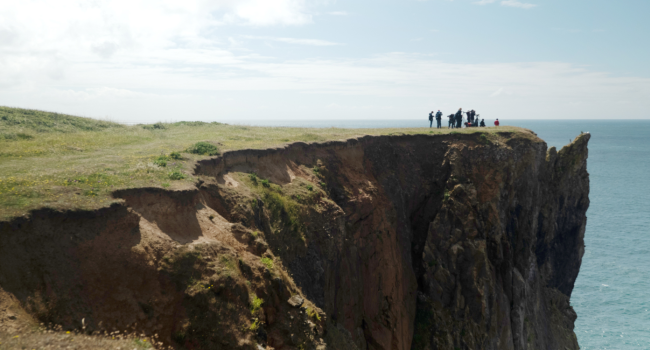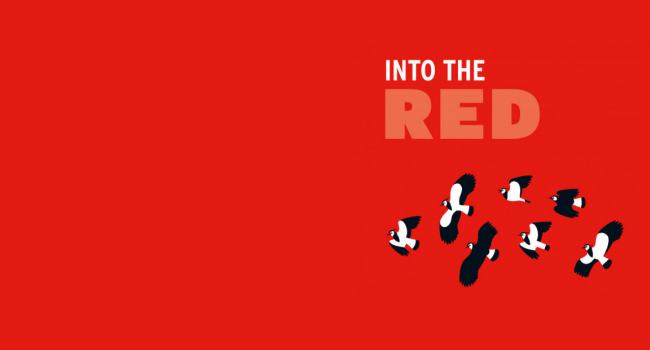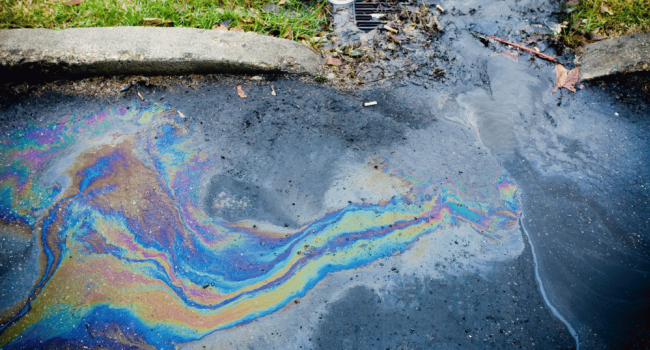Leakage of plastics and other debris from landfills to a highly protected lake by wintering gulls

Author(s): Martín Vélez, V., Cano-Povedano, J., Cañuelo-Jurado, B., López-Calderón, C., Céspedes, V., Ros, M., Sánchez, M.I., Shamoun-Baranes, J., Müller, W., Thaxter, C.B., Camphuysen, C.J., Cózar & Green, A.J.
Published: January 2024
Journal: Waste Management Volume: 177
Digital Identifier No. (DOI): 10.1016/j.wasman.2024.01.034
The study, led by the Institut de Ciències del Mar and Estación Biológica de Doñana, CSIC, Spain, used diet samples collected in January 2022 at the Fuente de Piedra – an inland lake in Spain that is internationally important for biodiversity. Monthly counts of Lesser Black-backed Gulls were carried out to assess the numbers of birds present at the lake. GPS tracking data collected from studies across Northern Europe, including some led by BTO, were used over 12 ‘winters’, between January to March 2010–22, to understand the spatial movements of individual birds in the local region, coinciding with when birds are either on wintering grounds or on migration.
The authors found that a high proportion (94%) of material regurgitated by gulls contained human-related material such as glass and textiles and 86% contained plastics, whereas only 1% plastic mass was present in faeces. Numbers of Lesser Black-backed Gulls at the lake were highest in January, peaking at a maximum count of 33,000 in January 2020. Agricultural habitats were most frequently used by gulls (88% time) as well as three landfill sites in the local area, with some landfills visited more than others, linked to use of bird deterrence measures. A total of 77% of the tracked birds visited at least one of the three landfills on a given day. The authors estimated that, on average, the annual deposition of plastic and other debris by the wintering gull population into the lake was 1,888 g per day, meaning that 400 kg of plastic were estimated to be deposited into the lake each winter, though only ca. 5 kg were from faeces.
This study sheds new light on the importance of gulls for biovectoring within ecosystems, and the leakage of plastic and debris from landfills into inland waters. The plastics can accumulate in sediments and become incorporated into food webs, presenting a global contamination issue that needs addressing. The study further highlights the importance of adopting initiatives to tackle the problem, such as waste separation and plastic reduction measures, and bird-deterrence to reduce ingestion by birds at source.
Abstract
General context
Gulls ingest plastic and other litter while foraging in open landfills, because organic matter is mixed with other debris. Therefore, gulls are potential biovectors of plastic pollution into natural habitats, especially when they concentrate in wetlands for roosting.
Novelty
We quantified, for the first time, the flow of plastic and other anthropogenic debris from open landfills to a natural lake via the movement of gulls. We focused on Fuente de Piedra, an inland closed-basin lake in Spain that is internationally important for biodiversity.
Methodology
In 2022, we sampled gull pellets regurgitated in the lake by lesser black-backed gulls Larus fuscus that feed on landfills, as well as their faeces, then characterized and quantified debris particles of ≥0.5 mm. By combining GPS and census data from 2010 to 2022, together with plastic quantification based on FTIR-ATR analysis, we estimated the average annual deposition of plastic and other debris by the wintering gull population into the lake.
Main results
86 % of pellets contained plastics, and 94 % contained other debris such as glass and textiles. Polyethylene (54 %), polypropylene (11.5 %) and polystyrene (11.5 %) were the main plastic polymers. An estimated annual mean of 400 kg of plastics were moved by gulls into the lake. Only 1 % of plastic mass was imported in faeces.
Discussion
Incorporating the biovectoring role of birds can provide a more holistic view of the plastic cycle and waste management. Biovectoring is predictable in sites worldwide where gulls and other waterbirds feed in landfills and roost in wetlands. We discuss bird deterrence and other ways of mitigating debris leakage into aquatic ecosystems.







Share this page